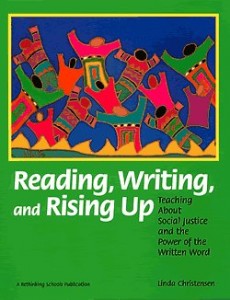After reading this weeks article on video games as learning machines by James Paul Gee, I interviewed a close friend who really likes to play video games. He uses them to relax and get his mind off of school. They are an enjoyable form of entertainment because they are interactive. He said that the aspect of video games that he finds most appealing is the story, which plays to his interests and emotions. I was intrigued by the role that the narrative played into my friends enjoyment of a game. His perspective made me consider video games as about more than just guns, explosions, and multiple lives. An understanding and appreciation of the narrative arc and complex rules of a video game is it’s own form of digital literacy.
I was also interested in Gee’s explanation of the shared knowledge between video game characters and the players. My friend said that he usually imagines himself as being the character in the video game as opposed to interacting with them through shared knowledge. He selects characters that can do things that he can’t do in real life. For instance, they have magical powers or elite skills. I think that Gee’s observations of players projecting onto their video game alter egos is accurate because it appears to be more fun to play when you imagine yourself, only better, in the game.
Because Gee presented video game structure as a framework for classrooms, I asked my friend what he had learned from video games and if he had ever employed this knowledge in a school setting. He said that he has mostly learned obscure vocabulary words, such as lycanthropy, which is the ability to turn into a world (I checked on this definition after the interview and he was right!). Other than the expanded lexicon, he didn’t really call upon his video game skills or knowledge in high school, except in the occasional speech or debate anecdote.
From my interview, I didn’t get the sense that my friend wanted video games to cross over into academic territory because he uses them as tools for escaping from the stresses of school. Because I have very limited knowledge of video games, I don’t know if I would use their structures in a classroom. Although I’m not completely sold, I imagine that somewhere, there is a video game player whose experience at school could be significantly altered if his or her knowledge of video games was welcome in a classroom setting, and for that reason I think that it is valuable to consider this innovative mode of instruction.

